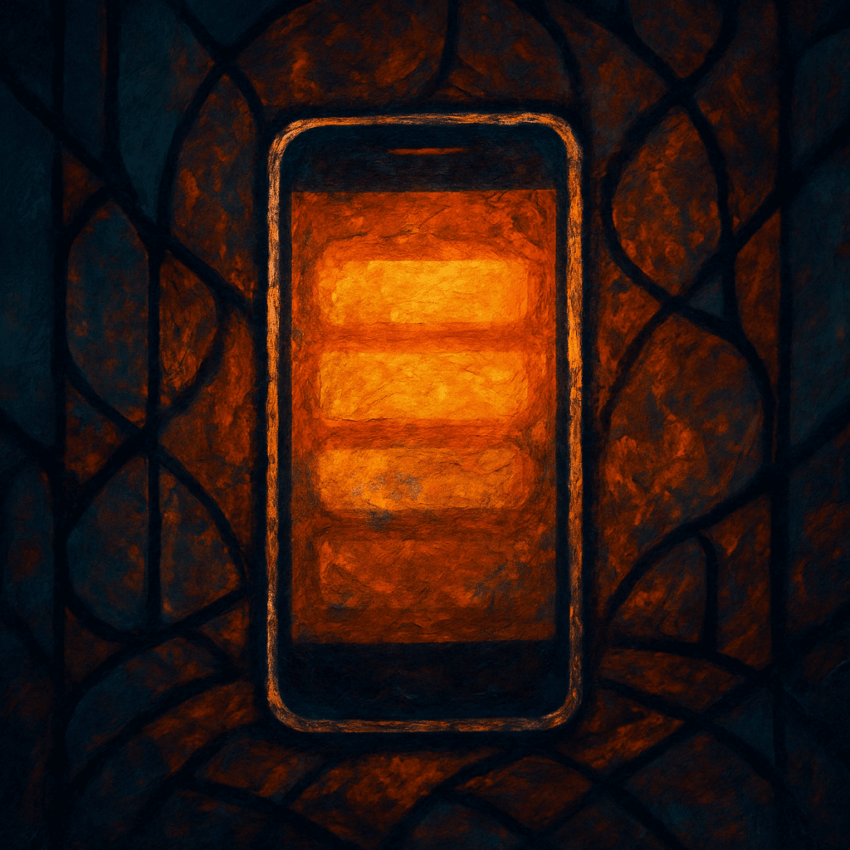Originally Posted On Jon Hall’s Apocalypse Diaries
Before, we used to treat tragedy as a sort of rupture within society. A moment that paused the world and caused reflection. Now, it’s a unit in a supply chain. The process is industrial, manufactured, precise.
A police killing, a mass shooting, an earthquake, or a wildfire – everything now enters the feed like raw material. Clips and videos become product.
Headlines get packaged and primed for consumption. From a viral meme to a simple crying-face emoji, reactions are now inventory in the attention economy.
It all moves so fast now. Someone captures something on their phone, it is then distributed to social media where it turns into infinite copies, and then it’s monetized with clicks that generate ad money.
Then the churn. Reaction TikTok’s, a hashtag campaign, cable news panels, corporate condolences. Your outrage is just another clickstream – something to keep the machine running and well-oiled.
By the time the algorithm has even fully digested it, the tragedy is stripped of weight and quickly replaced by the next one. In the old world, sacred texts shaped how we understood right and wrong.
They were immutable, eternal. But today, the algorithm has taken that role. Trending is the new scripture. Viral clips are the new verses. The feed is the church where millions of views are gained every hour to participate in the same ritual: see, react, move on.
The algorithm doesn’t ask for belief – it rewards ritual compliance. And like all religions, this one comes with its own cycle of purification.
Attention is sacrificed to the feed. Grief is made public and becomes common. The old story is buried by the algorithm under new content.
This is how the supply chain works. Because tragedy, like faith, thrives on repetition. Every new headline is a sermon. Every new video is a liturgy.
You scroll, you react, you feel like you’ve participated. Really, you’ve just fed the altar. The danger isn’t only that tragedy has become content – it’s that constant exposure dulls our instincts for action and reflection.
The loop continues only because we allow it. Awareness is the first fracture. Choosing to pause, to process, and to talk to another person instead of participating mindlessly in “the feed” are small acts of defiance against the machine.
Tragedy deserves more than instant reaction and algorithmic burial. It deserves witness and remembrance, as well as response and the resistance against the numbness perpetrated by the current era of oversaturation of useless information.
The world isn’t merely ending in silence – it’s ending in a slow, churning scroll.
Click this link for the original source of this article.
Author: Jon Hall
This content is courtesy of, and owned and copyrighted by, https://www.theburningplatform.com and its author. This content is made available by use of the public RSS feed offered by the host site and is used for educational purposes only. If you are the author or represent the host site and would like this content removed now and in the future, please contact USSANews.com using the email address in the Contact page found in the website menu.








